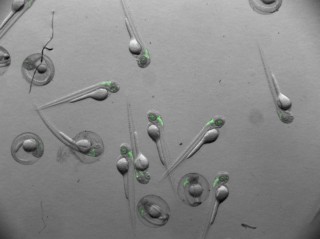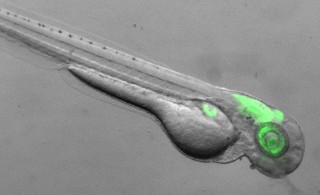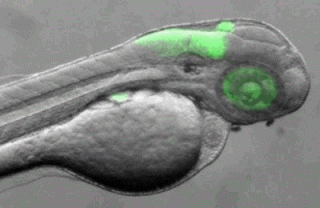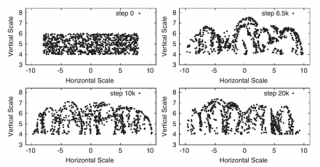Apart from the “serious” research projects listed on the Science Page, the lab loves brainstorming for fun, and encourages coming up with interesting ideas without worrying about where it goes (in fact, some got published somewhere, including Phys Rev Lett.). Here we listed a few examples of fun side-projects.
Imaging Ptf1a using Light Sheet Microscopy
Pancreas transcription factor 1 subunit alpha (Ptf1a) is a protein that is a component of the pancreas transcription factor 1 complex (PTF1) and is known to have a role in mammalian pancreatic development. Ptf1a is also shown to play an important role in the neurogenesis of different central nervous system structures. In particular, Ptf1a is important for the generation of many inhibitory (primarily γ-aminobutyric acid (GABA)-ergic) interneurons in different areas, such as the spinal cord and cerebellum. In this project, we imaged a transgenic zebrafish line expressing fluorescent Ptf1a-GFP fused proteins, with an emphasize on the structures in the brain using light sheet microscopy.
- Zebrafish (zoom out)
- Zebrafish (zoom in)
- Heart beating of a zebrafish
- Spatial organization and structure of Ptf1a in zebrafish
The Shape of Fair-Weather Clouds
Cumulus clouds (“fair weather clouds”) form under the influence of thermals – convection currents which channel moist air upwards. As the temperature of the air drops with altitude, water vapor condenses into droplets; the cloud is the collection of these droplets. The question that interests us is what aspects of the cloud can be understood simply in terms of the coherent structures in the flow field. This is a question one can ask of many turbulent systems, and the answer in this case is the shape of the cloud. The coherent structures in question are thermal plumes, and we use a simple description of the flow field of the plume introduced years ago by Moses et al. We build a simple model where a collection of such plumes pushes around the droplets in the cloud. This dynamics results in the characteristic “cauliflower” shape of the top of cumulus clouds, and accounts quantitatively for statistical shape descriptors such as the measured fractal dimension of clouds. The model is computationally of minimal complexity, so it represents a simple description of a complex everyday phenomenon.
- Four “snapshots” of the distribution of droplets in a 2D simulation at different times.
- Snapshot of the distribution of droplets in a 3D simulation.
Trying to Understand Turbulence
Let’s start with two quotes:
- “When I die and go to heaven there are two matters on which I hope for enlightenment. One is quantum electrodynamics, and the other is the turbulent motion of fluids. And about the former I am rather optimistic.” – Sir Horace Lamb, 1932.
- “Turbulence is the most important unsolved problem of classical physics.” – Richard Feynman, 1970s.
Turbulence, or turbulent flow, is a flow regime characterized by chaotic property changes. It is one of the great scientific challenges. We are “ambitious” enough to try to understand turbulence in the lab, computationally and experimentally.
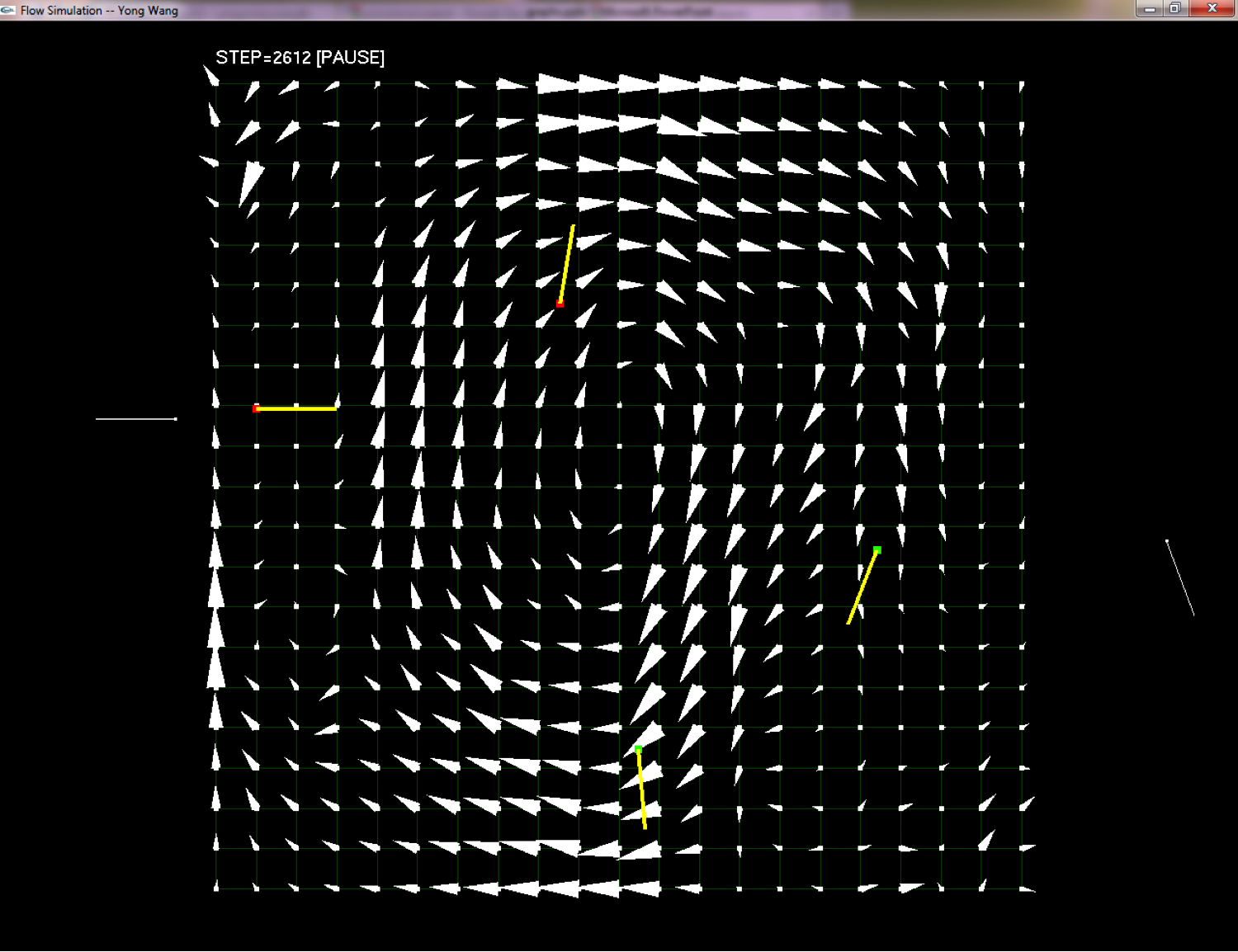
Simulation of Flows with Vortex
Fun with Arduino
Coming soon …
